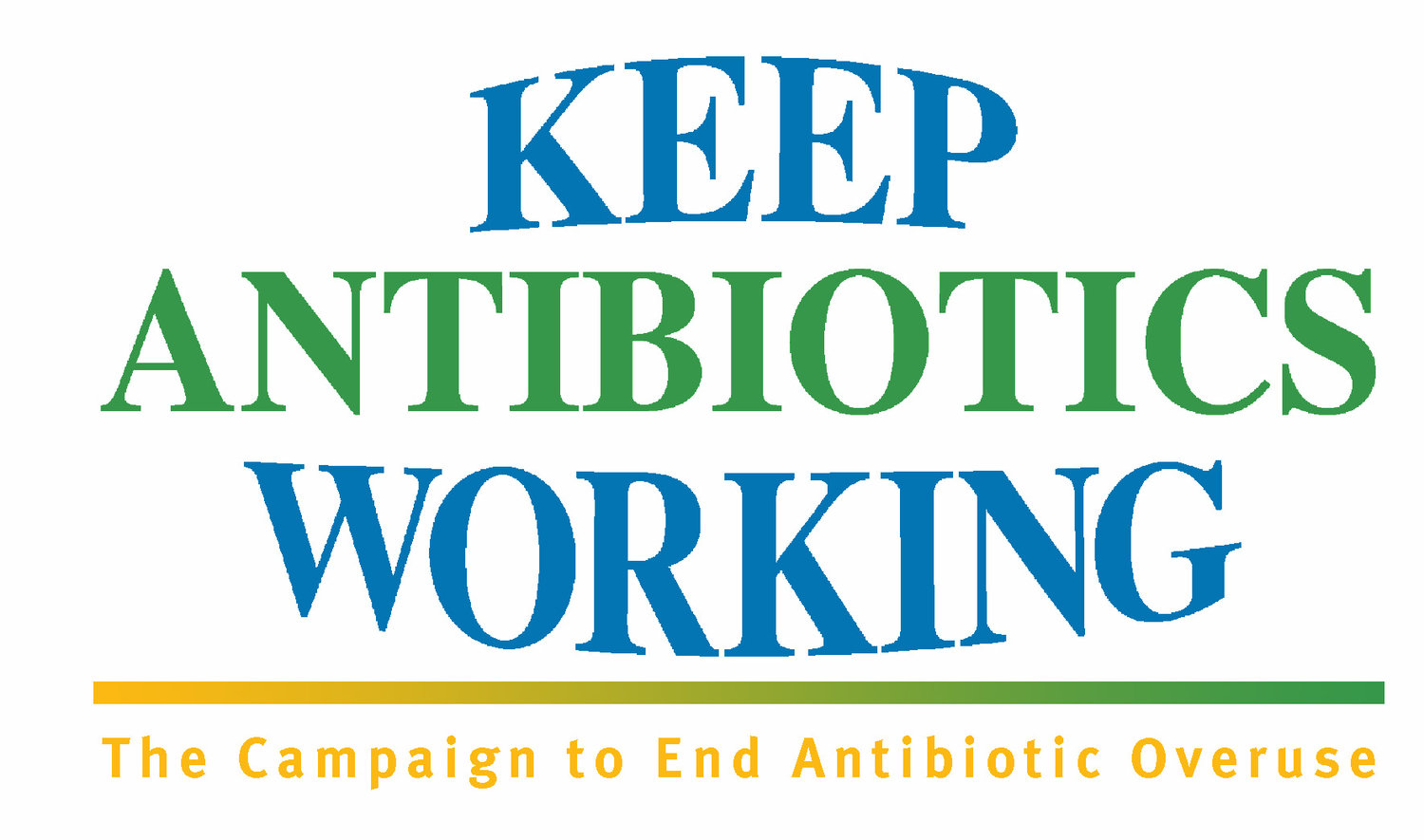New WHO Guideline Offers Hope in Curbing Antibiotics
Recommendation is to end human drugs used to prevent disease in healthy livestock
David Wallinga, MD NRDC Senior Health Officer, Health Program
As antibiotic resistance spreads worldwide, the calls get more urgent to stop squandering our most precious medicines, in both human medicine and in livestock. Released earlier this week are new recommendations from the World Health Organization—the leading international public health authority—on how the medically important antibiotics given to food animals can be used better. They’re especially timely, given that next week is Antibiotic Awareness Week.
Resistance is largely a numbers game: The more we use antibiotics, the faster resistance spreads. Already, at least 2 million Americans suffer drug-resistant infections every year, and more than 23,000 die as a result. And the numbers will keep rising without urgent action. Curbing antibiotic overuse is critical.
Experts warn that antibiotic overuse in livestock contributes significantly to the spread of drug-resistant bacteria. With livestock and poultry production expanding in the U.S. and worldwide, that threat will continue to mount. Many livestock antibiotics—perhaps a large majority—are not for treating sick animals. They're given routinely to healthy flocks or herds to promote faster growth or to compensate for crowded or unsanitary conditions. Routine antibiotic use on farms, in other words, is avoidable.
Here in the U.S. about 70 percent of all medically important antibiotics in the U.S. are sold for use on livestock and poultry. Just since 2009, those numbers have increased more than 26%. They includes penicillins, tetracyclines, erythromycins and cephalosporins—used to treat things like pneumonia—as well as antibiotics of last resort from the fluoroquinolone class, which can be used when all other antibiotic fail.
The worldwide epidemic in antibiotic resistance is what motivated the World Health Organization to develop and release today their new Guidelines on Use of Medically Important Antimicrobials in Food-Producing Animals.
The Guidelines may be a game-changer in this fight. It calls for fairly significant changes to how many of the world's biggest food-animal producers now operate, including the U.S. Some of its major recommendations for global livestock and poultry production include the following:
- First, use of medically important antibiotics in food animals should be reduced, overall;
- Second, use of these precious medicines for growth promotion and so-called “disease prevention” (i.e. compensation for unsanitary living conditions) in healthy animals should no longer be allowed;
- Third, the subset of medically important antibiotics previously identified by WHO as being “critically important for humans” (fluoroquinolones, colistin, some cephalosporins, erythromycins) should be greatly restricted in terms of their use for treating or controlling disease in sick animals.
As important as these guidelines are, they are just that—guidelines. To help curb resistance, individual companies and/or countries actually have to take action on them. A policy brief released alongside the Guideline has WHO's vision for how the recommendations can be implemented
By our estimates, close to half of U.S. chicken producers now raise birds with responsible antibiotics use practices, or are under a pledge to do so within the next few years. Changing consumer demand, translated via changing chicken policies at the nation’s biggest restaurant chains, has been a key element, as was described in our latest Chain Reaction report.
The chicken industry can’t do it alone, however, and leadership in the U.S. pork and beef sectors to reduce antibiotic use has been largely absent. No major pig or cattle producer has made a commitment to stop the use of medically important antibiotics in hogs or cattle that aren’t sick, e.g. for disease prevention—as the WHO now recommends.
Stronger leadership at the federal level could change that picture. Sec. Sonny Perdue at the U.S. Department of Agriculture (USDA) recently acknowledged the need to address the resistance crisis, according to Politico Agriculture:
“We need to move faster, we need to be quicker, we need to move more aggressively in attacking this issue so that we don't have the kind of outbreaks” that could spread fear across the country, he said.
We hope Sec. Purdue will put his words into action. A good start would be for the USDA to set a concrete goal for reducing the overall use of medically important antibiotic sales/use across the major food animal species—in pork and beef, as well as in chicken and turkeys. A modest goal of shrinking current use of these precious antibiotics in animal agriculture by 25% would mean a rollback to antibiotic use at 2009 levels.
We know this level of reduction is very doable. Since 2009 the Netherlands, an important European livestock producer, has reduced its overall use of agricultural antibiotics by 64%.
Anyone who has ever needed antibiotics should be concerned about the overuse of antibiotics in our food supply. Let's hope the strong new WHO Guidelines spurs more companies and more countries to take the actions that need to happen. Before it's too late.
This blog first appeared at www.NRDC.org/experts/david-wallinga-md/.

